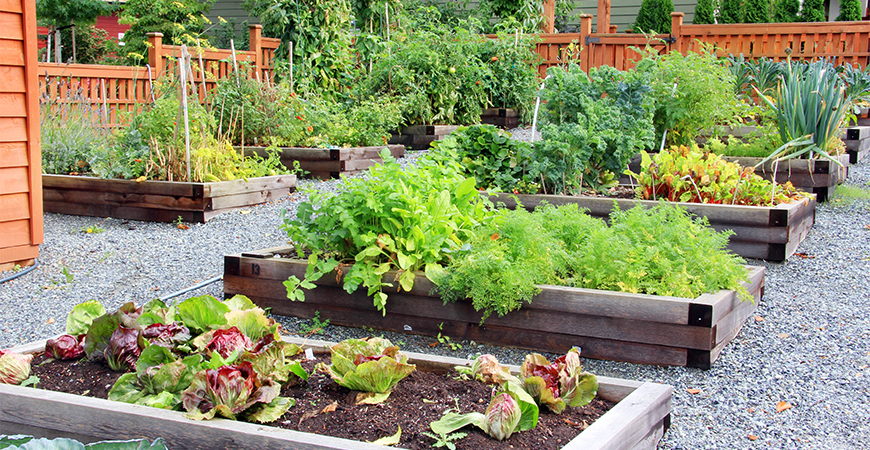Introduction
Preparing your yard vegetable garden properly is the foundation for a successful and rewarding growing season. Whether you’re a beginner or an experienced gardener, taking the right steps before planting ensures healthy crops, maximizes yield, and reduces pest and disease problems. This article will guide you through essential preparation techniques that align with expert gardening practices and current horticultural research.
You’ll learn how to select the best location, improve soil health, plan your garden layout, and implement sustainable practices that fit any yard size. By following these proven steps, you can turn your outdoor space into a thriving vegetable garden that supports your family’s nutrition and wellbeing.
Choosing the Right Location for Your Vegetable Garden
Why Location Matters
Selecting the optimal spot in your yard is crucial. Vegetables generally need at least 6-8 hours of direct sunlight daily to grow well. Full sun encourages photosynthesis, which boosts plant growth and fruit production.
Key Factors to Consider
- Sunlight Exposure: Observe your yard throughout the day to find areas with maximum sunlight.
- Soil Drainage: Avoid low spots where water collects; good drainage prevents root rot.
- Accessibility: Choose a location close to your water source and easy to reach for maintenance.
- Protection from Wind: Use natural or artificial windbreaks to shield plants from harsh winds.
Expert Tip
Gardening expert Dr. Linda Chalker-Scott emphasizes the importance of sunlight, stating, “Most vegetables are sun lovers; planting in full sun optimizes growth and disease resistance.”
Preparing Your Soil for Optimal Vegetable Growth
Testing and Amending Soil
Healthy soil is the backbone of a productive vegetable garden. Start by testing your soil’s pH and nutrient levels using a home soil test kit or sending samples to a local extension service.
- Ideal pH: Most vegetables thrive in slightly acidic to neutral soil (pH 6.0 to 7.0).
- Nutrient Balance: Check for nitrogen (N), phosphorus (P), and potassium (K) levels.
Enhancing Soil Quality
- Add Organic Matter: Incorporate well-rotted compost or aged manure to improve texture and fertility.
- Adjust pH if Needed: Use lime to raise pH or sulfur to lower it based on test results.
- Avoid Soil Compaction: Loosen soil to a depth of 12-18 inches with a garden fork or tiller to promote root penetration and aeration.
Real-World Insight
A 2021 study published in the Journal of Soil Science highlights that adding organic matter increases microbial activity, which enhances nutrient availability and plant health.
Designing Your Vegetable Garden Layout
Planning for Space and Crop Rotation
Effective garden design optimizes space and reduces pest buildup:
- Raised Beds vs. In-Ground: Raised beds improve drainage and soil quality control.
- Companion Planting: Plant complementary crops together to deter pests and improve growth.
- Crop Rotation: Rotate plant families annually to prevent soil nutrient depletion and disease.
Practical Layout Tips
- Arrange taller plants on the north side to prevent shading shorter crops.
- Group plants with similar water and nutrient needs.
- Leave pathways for easy access and maintenance.
Case Study
A community garden in Portland implemented crop rotation and companion planting, resulting in a 30% increase in yield and fewer pest issues over two growing seasons.
Final Preparations Before Planting
Irrigation Setup
Install an efficient watering system such as drip irrigation or soaker hoses to conserve water and deliver moisture directly to roots.
Mulching
Apply organic mulch like straw or wood chips to retain moisture, suppress weeds, and regulate soil temperature.
Pest Management
Use physical barriers like row covers and encourage beneficial insects to maintain a balanced garden ecosystem.
Scheduling Planting Times
Refer to local planting calendars to sow seeds or transplant seedlings when soil temperatures are ideal, increasing germination success.
Conclusion
By carefully preparing your yard vegetable garden, you lay the groundwork for healthy plants and abundant harvests. Selecting the right location, improving soil health, thoughtfully designing your layout, and making final adjustments before planting all contribute to gardening success.
Remember, gardening is both a science and an art—observe, learn, and adapt your methods each season. Start your preparation today and enjoy the satisfaction of growing fresh, nutritious vegetables right in your yard.
